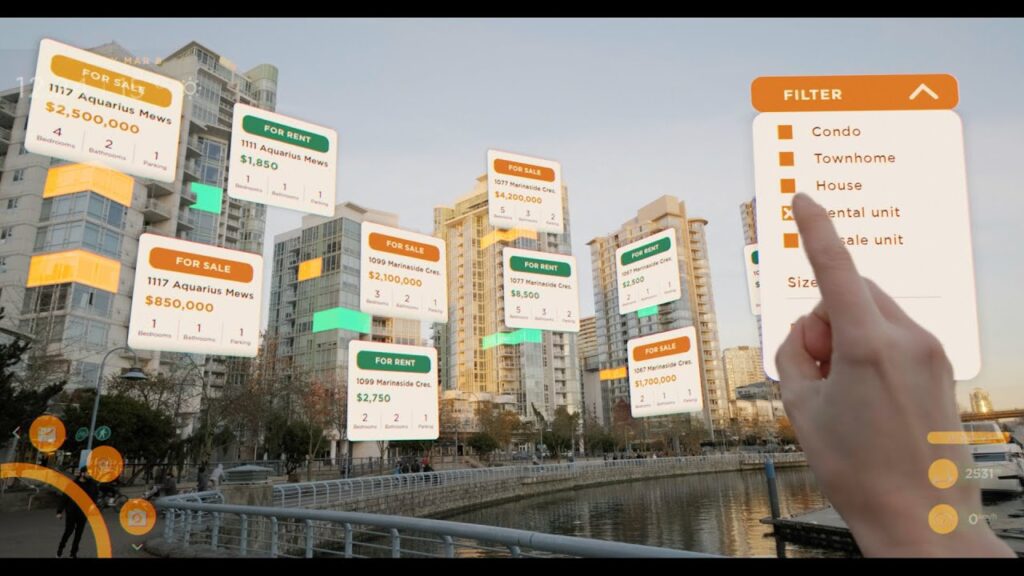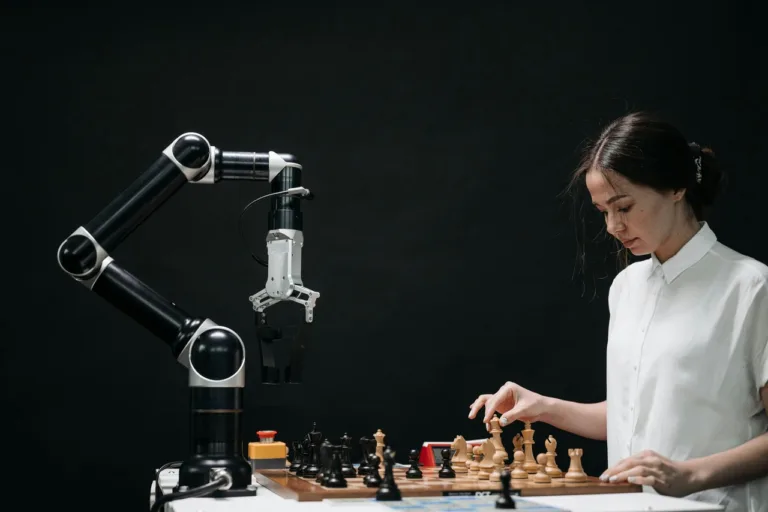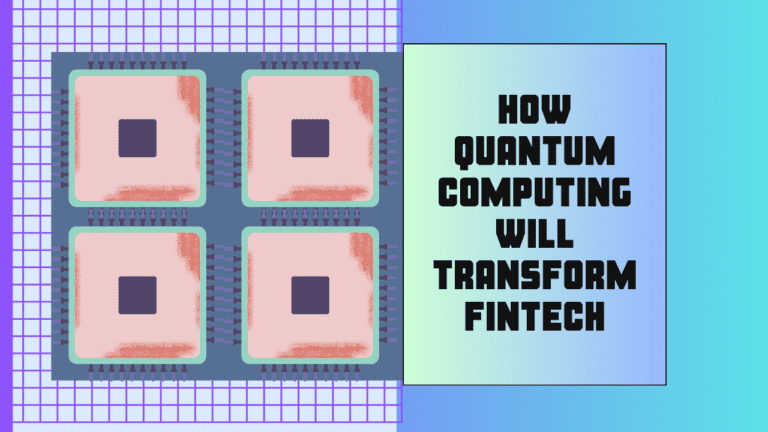Augmented and Virtual Reality Trends Impacting Real Estate

image credit: LNG Studios YouTube
The real estate sector finds itself on the leading edge of emergent augmented reality (AR) and virtual reality (VR) technology adoption across almost every stage of property transactions, from initial interactive viewings all the way through remote monitoring and training new homeowners.
Fast-declining hardware costs, rapid improvements in visual fidelity, and intuitive interaction methods like free roaming, hand tracking, and voice control are making immersive technologies irresistible additions providing delightful experiences for agents and buyers alike throughout the property journey.
Here we explore three key AR/VR technology capabilities already making inroads towards becoming standard features of the real estate ecosystem over the next 5 years as the technology accessibility improves:
Immersive Virtual Reality Property Tours
Drab photo galleries, choppy videos, and time-intensive in-person bookings presently define lackluster home viewing practices. But interactive 3D virtual tours using VR headsets let prospective buyers roam digitized estates freely inspecting every nook and corner with spatial presence and scale accuracy impossible via 2D mediums.
From sleek downtown penthouses to lavish suburban houses, VR tours boost interest pre-qualification and provide flexible zero-travel viewing options – saving significant time for both buyers and brokers hosting only the most promising candidates for in-person tours. As VR cataloging gets cheaper, virtual tours could replace photos for most listings.
Augmented Staging and Visualization
AR empowers real estate agents to overlay digital renderings of furnishing, décor elements, and even positional changes onto existing property spaces viewable directly through mobile devices to showcase staging or layout possibilities unbound by physical renovations.
Homebuyers viewing raw unfinished spaces can better envision the property’s potential by toggling different interior design filters and furniture placements proposed by the agent.
AR also assists builders and architects provide immersive 3D scale renderings of entire estate blueprints mapped directly atop their actual construction sites for city officials, investors, and prospective buyers to grasp finalized structures better before ground-breaking. Detailed visualization builds confidence years before project delivery.
Onsite Interactive Training through AR
While new homeowners generally appreciate illustrated manuals or video tutorials during complex purchases like home theatres or laundry appliances, the assistance remains passive and one-way. But onboarding guides using AR overlays with annotations responding to users in real time take training to the next level.
Emerging apps like DAQRI’s Worksense empower homeowners with interactive maintenance instructions triggered contextually. Pointing phones at devices summons annotated step-by-step breakdowns, helpful visual pointers, and even options to launch video calls with remote technicians able to view the identical onsite overlay for guidance. No manual deciphering is needed amidst frustrating DIY projects anymore!
As augmented and virtual tools get embedded across the complete real estate lifecycle from viewing to staging through training – legacy static and passive media give way to dynamic and social methods that enrich the biggest financial commitment most consumers make.
And real estate intermediaries adopting such innovative reality technologies early reap brand value setting them apart from tech laggards over the coming decade as immersive interaction becomes the expectation rather than novelty across industries.
Read More:






